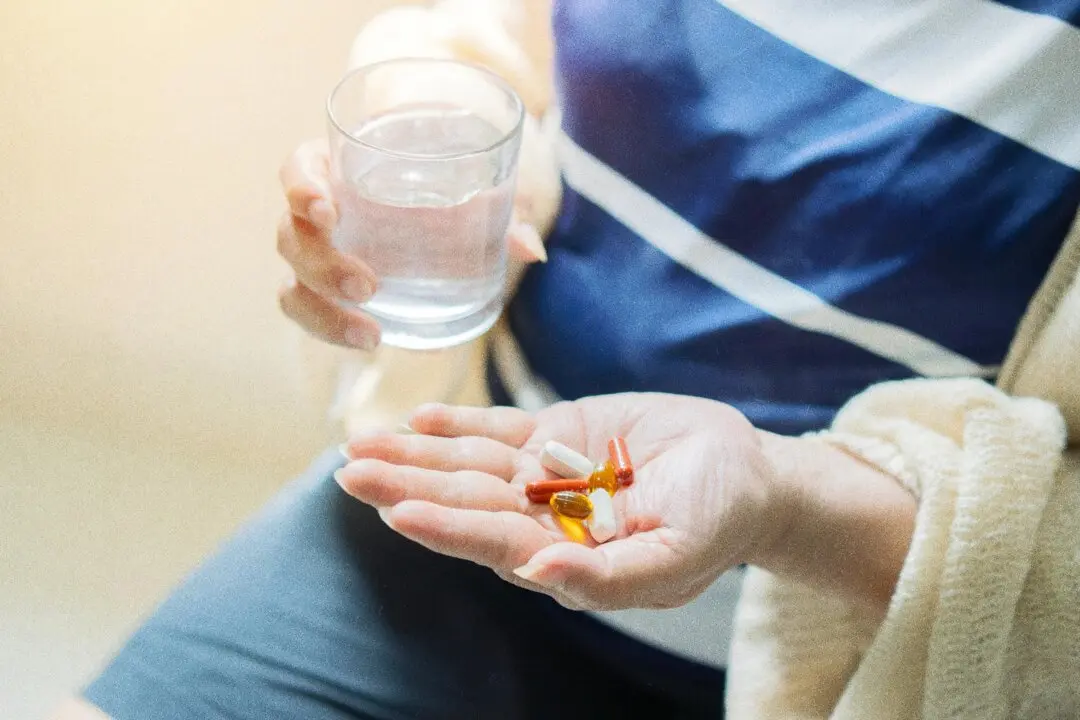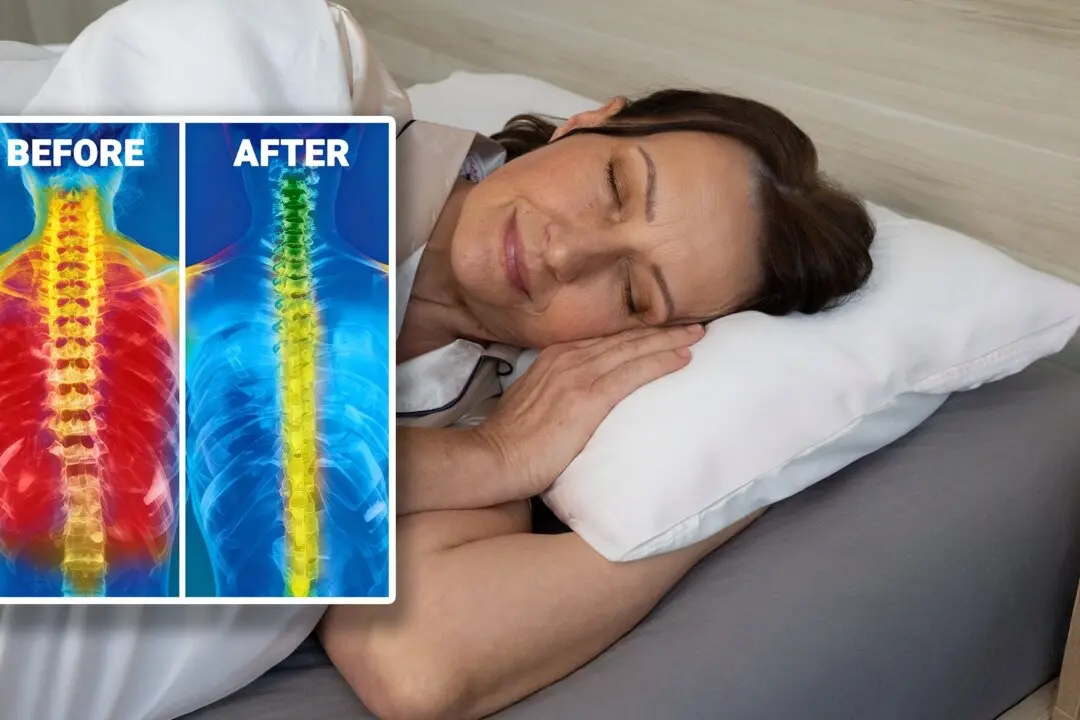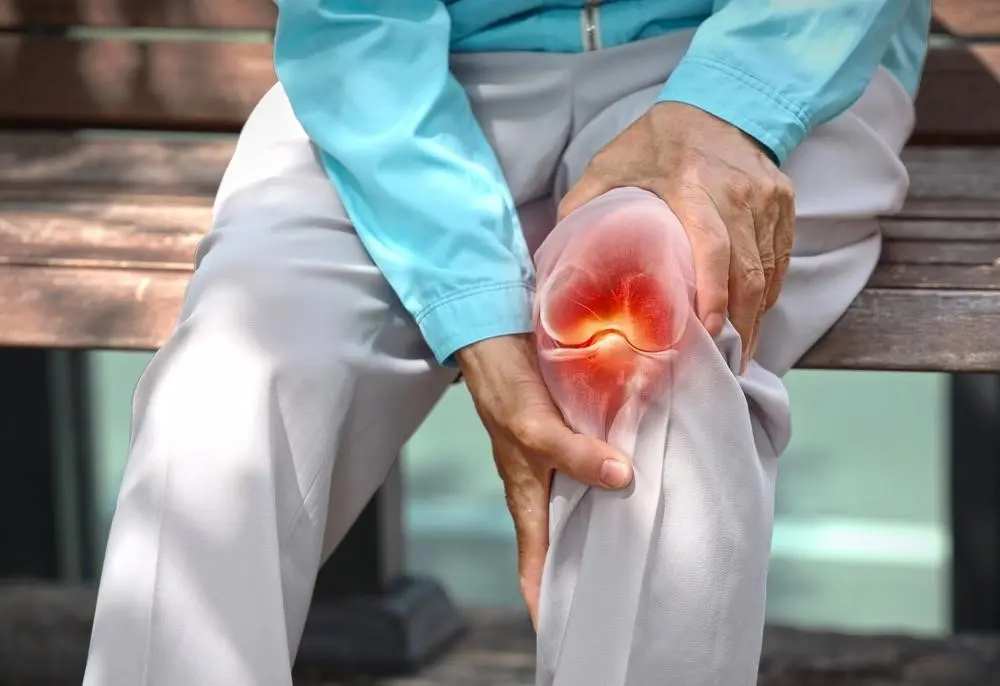NEW YORK—Several years ago at a podiatric conference, Dr. Jeffery Adler learned that stem cells were being used to treat foot problems. Even though he recalls that almost no other podiatrists at the conference were interested, he thought the stems cells “seemed like something good” for his patients.
And his hunch has paid off. Fast-forward to today and Adler now uses stem cells to treat ulcers, repair torn ligaments and tendons, and cure arthritis of the ankle and big toe.
He also conducts ongoing clinical trials on stem cell treatments, lectures nationally, and on the day he spoke with Epoch Times, had just given his 15-year-old granddaughter a stem cell treatment for torn tendons in her foot.





